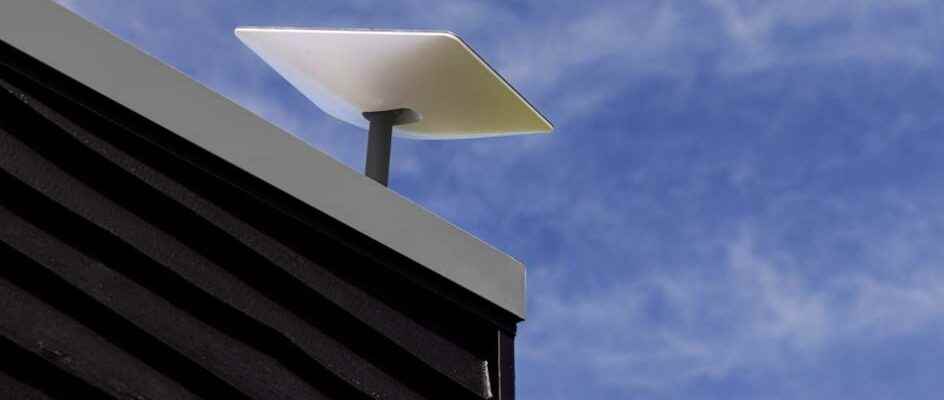The appeal has been heard. When Ukrainian Digital Transformation Minister Mykhail Fedorov requested Starlink satellite connection kits on February 26, Elon Musk reacted immediately by sending trucks full of terminals. It then also opens the network free of charge to all users in the country at war.
New deliveries have since taken place at regular intervals, often enthusiastically greeted on Twitter by Fedorov. Neighboring countries, such as Poland, also send terminal stocks to Ukraine.
A new batch of Starlink stations! While Russia is blocking access to the Internet, Ukraine is becoming more open to the entire world. Ukraine is the truth. The truth always wins. Thank you, @elonmuskthe Government of Poland, and Orlen. pic.twitter.com/TP0kpn3rPS
— Mykhailo Fedorov (@FedorovMykhailo) March 18, 2022
Thousands of kits used
Currently, there are thousands of kits that would be used in the country, according to the washington post. The French NGO Télécoms Sans Frontières has also been contacted by Odessa City Hall to equip the city in preparation for its siege by the Russians. In addition to the government or local authorities, civilians use it for work. The military would not be left out. the Times revealed that Starlink was connecting the drones of an elite unit responsible for destroying Russian army tanks and trucks.
If satellite technology is thus acclaimed, it is to respond to three scenarios. First, there are attacked sites where the network is disrupted or interrupted. Power outages, cable breakage, destruction of mobile antennas can affect fixed and mobile networks.
Then there are pre-war dead zones where the refugee population sometimes finds itself blocked and cut off from the outside world.
Finally, there is the case of people and companies who move with the fighting and who want to continue working wherever they are. The satellite then represents a fast and efficient way to connect to the Internet or make calls.
Easy to install equipment
But why does Starlink suddenly find itself in the limelight when other services exist like that of the American Viasat, even though the latter has recently been hacked? There are several reasons for this. The main one is its ease of use.
“Anyone can install the kit which consists of two parts: an antenna with a tripod and a Wi-Fi router box. There is no need to point at the satellites”explains Clément Bruguera, the IT and Emergencies manager of Télécoms Sans Frontières.
The use of other services would require training of the people who receive and use the equipment. Difficult to implement in the context of a war where the front line is changing every day.
The other big advantage is that Starlink provides speeds never seen before for satellite, at the level of a fiber optic line. Some Ukrainians testified to having exceeded 100 Mbits/s.
There is also the latency which is very low for a satellite service because the constellation evolves in low orbit. The material being free, as well as the service, this encourages Ukrainians all the more to fall back on Starlink.
Also see video:
Vulnerabilities?
Finally, it is possible that this network is for the moment less vulnerable to attacks, whether hardware or software. Quite simply because the system is tightly controlled by SpaceX, which has delegated nothing to partners: neither the operation of the ground infrastructure, nor distribution and marketing.
Add to that that the opening of the service is recent, it leaves less time for hackers to find flaws. But we cannot exclude that the Russians could one day damage SpaceX satellites, jam communications or disable the associated boxes.
In the meantime, what everyone fears is rather that isolated users will be easily spotted by the Russians by emitting signals that would betray their presence. They would then take the risk of being eliminated. Hence this recommendation, which does not always seem to be followed: Starlink kits should only be used in an emergency and briefly. It is also better to move just after or place the antenna as far as possible from the user. Unless you use it in the middle of a densely populated area.
The quality of Starlink’s service seems optimal at the moment, as Fedorov assured washington post. We will have to see if this lasts as more users connect.
Sources: The Washington Post, Times
